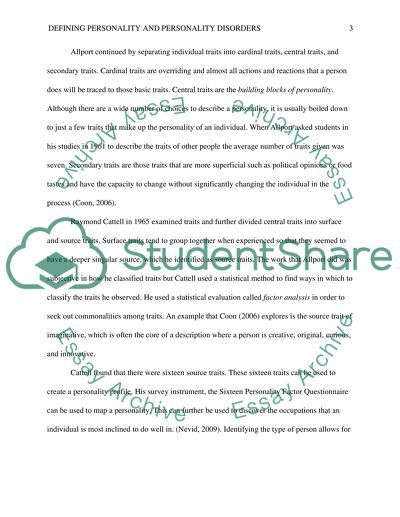Cite this document
(“Defining Personality and Personality Disorders Research Paper”, n.d.)
Retrieved from https://studentshare.org/psychology/1472605-disorders-of-personality
Retrieved from https://studentshare.org/psychology/1472605-disorders-of-personality
(Defining Personality and Personality Disorders Research Paper)
https://studentshare.org/psychology/1472605-disorders-of-personality.
https://studentshare.org/psychology/1472605-disorders-of-personality.
“Defining Personality and Personality Disorders Research Paper”, n.d. https://studentshare.org/psychology/1472605-disorders-of-personality.


